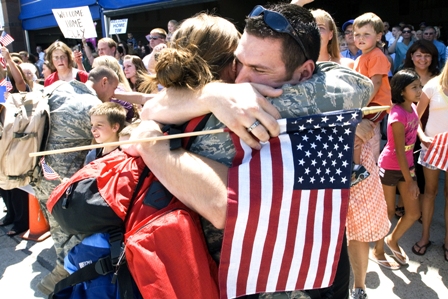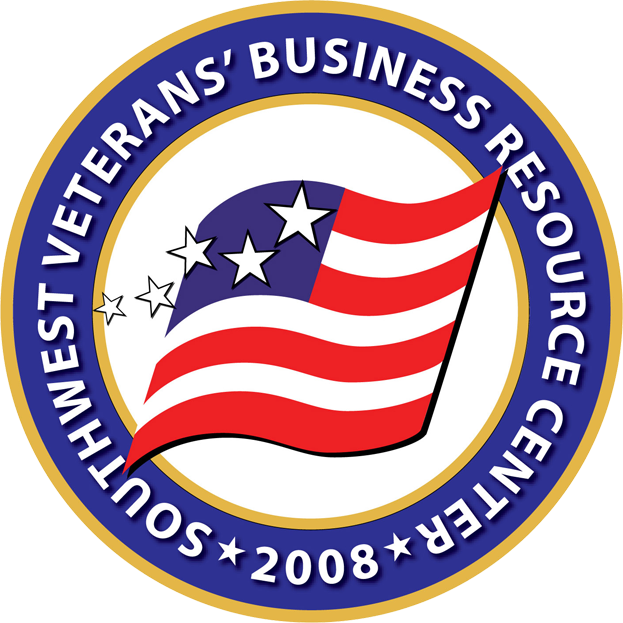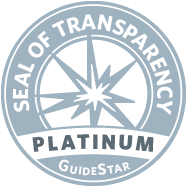Dad served in the Royal Canadian Air force from 1939 to 1945, WWII, and was involved in the battle of the Atlantic against Nazi Germany. He was an FO wireless air gunner in the No. 162 squadron on detachment from Eastern Air Command. They were flying the amphibious Canso, named, T for Tommy, scouring the North Sea during The Battle of the Atlantic. As implied in its slogan "Find the enemy; strike the enemy; protect our ships," from September 1939 to May, 1945, was the waging of war against Nazi Germany’s U- boats and warships, in close co- operation with the Admiralty and Royal Navy. Coastal Command’s other responsibilities embraced photographic reconnaissance, air- sea rescue, meteorological flights and in the early months of the war, mine-laying. The Battle of the Atlantic was not only the longest continuous military campaign[4][5] in World War II, running from 1939 to the defeat of Germany in 1945 but was at its height from mid-1940 through to the end of 1943. The Battle of the Atlantic pitted U-boats and other warships of the Kriegsmarine (German Navy) and aircraft of the Luftwaffe (German Air Force) against Allied merchant shipping. Dad had a role in sinking three German Nazi Submarines in ten days for which he received the Distinguished Flying Cross. The Distinguished Flying Cross (DFC) (CA) is awarded to any person who, while serving in any capacity with the Armed Forces of Canada, distinguishes himself or herself by heroism or extraordinary achievement while participating in aerial flight. The performance of the act of heroism must be evidenced by voluntary action above and beyond the call of duty. The extraordinary achievement must have resulted in an accomplishment so exceptional and outstanding as to clearly set the individual apart from his/her comrades or from other persons in similar circumstances.
Many different aircraft from airships to four-engine sea- and land-planes were used. Some of the more successful were the Lockheed Ventura, PBY (Catalina or Canso, in British service), Consolidated B-24 Liberator (VLR Liberator, in British service), Short Sunderland, and Vickers Wellington.
U-boats or( submarine) were not defenseless, since their deck guns were a very good anti-aircraft weapon. They claimed 212 Allied aircraft shot down for the loss of 168 U-boats to air attack. At one point in the war, there was even a 'shoot back order' requiring U-boats to stay on the surface and fight back, in the absence of any other option. Dad spoke about his plane being shot up on more than one occasion.
In essence, the Battle of the Atlantic was a tonnage war: the Allied struggle to supply Britain and the Axis attempt to stem the flow of merchant shipping which enabled Britain to keep fighting. From 1942 onwards, the Germans also sought to prevent the build-up of Allied supplies and equipment in the British Isles in preparation for the invasion of occupied Europe. The defeat of the U-boat threat was a pre-requisite for pushing back the Germans. Winston Churchill was later to state: [7]
“The Battle of the Atlantic was the dominating factor all through the war. Never for one moment could we forget that everything happening elsewhere, on land, at sea or in the air depended ultimately on its outcome.”
The outcome of the battle was a strategic victory for the Alliesundefinedthe German blockade failedundefinedbut at great cost: 3,500 merchant ships and 175 warships were sunk for the loss of 783 U-boats.
The name "Battle of the Atlantic” coined by Winston Churchill in 1941, covers a campaign that began on the first day of the European war and lasted for six years, involved thousands of ships and stretched over thousands of square miles of ocean in more than 100 convoy battles and perhaps 1,000 single-ship encounters. The situation swung back and forth over the six years as new weapons, tactics and counter-measures were developed by both sides. The Allies gradually gained the upper hand, driving the German surface raiders from the ocean by the end of 1942 and decisively defeating the U-boats by mid-1943. As Germany's only outlet to the ocean, the North Sea continued to be strategically important through both World Wars.
U.S. Merchant Marine in World War II
One way to understand the Second World War is to appreciate the critical role of merchant shipping... the availability or non-availability of merchant shipping determined what the Allies could or could not do militarily. Logistically had all these ships been destroyed, the war would have been in all likelihood prolonged many months, if not years. Some argue the Allies would have lost, as there would not have existed the means to carry the personnel, supplies, and equipment needed by the combined Allies to defeat the Axis powers. [It took 7 to 15 tons of supplies to support one soldier for one year.] The U.S. wartime merchant fleet . . . constituted one of the most significant contributions made by any nation to the eventual winning of the Second World War. In the final assessment, the huge US merchant fleet... provided critical logistical support to the war effort and as Winston Churchill stated the Battle of the Atlantic was a key factor in the success of the Invasion of Normandy and the entire outcome of WWII.
History also tells of a group of dedicated Volunteers. In March 15, 1942, Commissioner Emerson circulated a letter stating the "Aircraft Detection Corps Newfoundland" would be administered by the RCAF as a unit of the "Canadian Aircraft Identity Corps". The letter included glossaries of airplanes and ships; an Aircraft Identity Corps identity card and instructions. This all volunteer Canadian Corp were doing a job and, sometimes risking their lives, in the protection of our country. The 30,000 volunteer members of the Aircraft Detection Corps. did far more than just identify aircraft. These Volunteers consisted of farmers, fishermen, trappers, Hudson Bay out post workers. Many children were recruited, as their eyesight and ability to recognize aircraft and ships were better than adults. The Observers soon found themselves contributing to the war effort. In March 1941, the German battle Cruisers Scharnhost and Gneisenau were only 350 miles South East of St. Johns, Newfoundland; Nazi submarines were coming into the bays and coves on the East coast and dropping off spies who, equipped with radio transmitters, could report convoy and military movements. Submarine crews were also coming ashore to set up automatic weather stations, or to pick up German PoWs escaping from Canadian PoW. At war's end Newfoundland volunteers received a brass Volunteer Aircraft Observers button and certificate of thanks from Canada's Ministry of Defense. The Program was called Watch and Warn. WATCH and WARN was an all volunteer, community effort and hopefully our own existing communities will help keep their memory alive as well as adopt that same spirit of watching out after one another.
These thousands of Volunteers, like many veterans, are mere remnants of history now however make up who we are as a country, community and people. I am proud to be a Canadian and proud to be my father’s son. For years after I personally discovered these revelations about my father and this country's great air force warriors, I have prayed and hoped in my lifetime to see somehow, somewhere in the world a memorial constructed to their excellence and sacrifice.
 A welcoming home for our Troops.
A welcoming home for our Troops.

